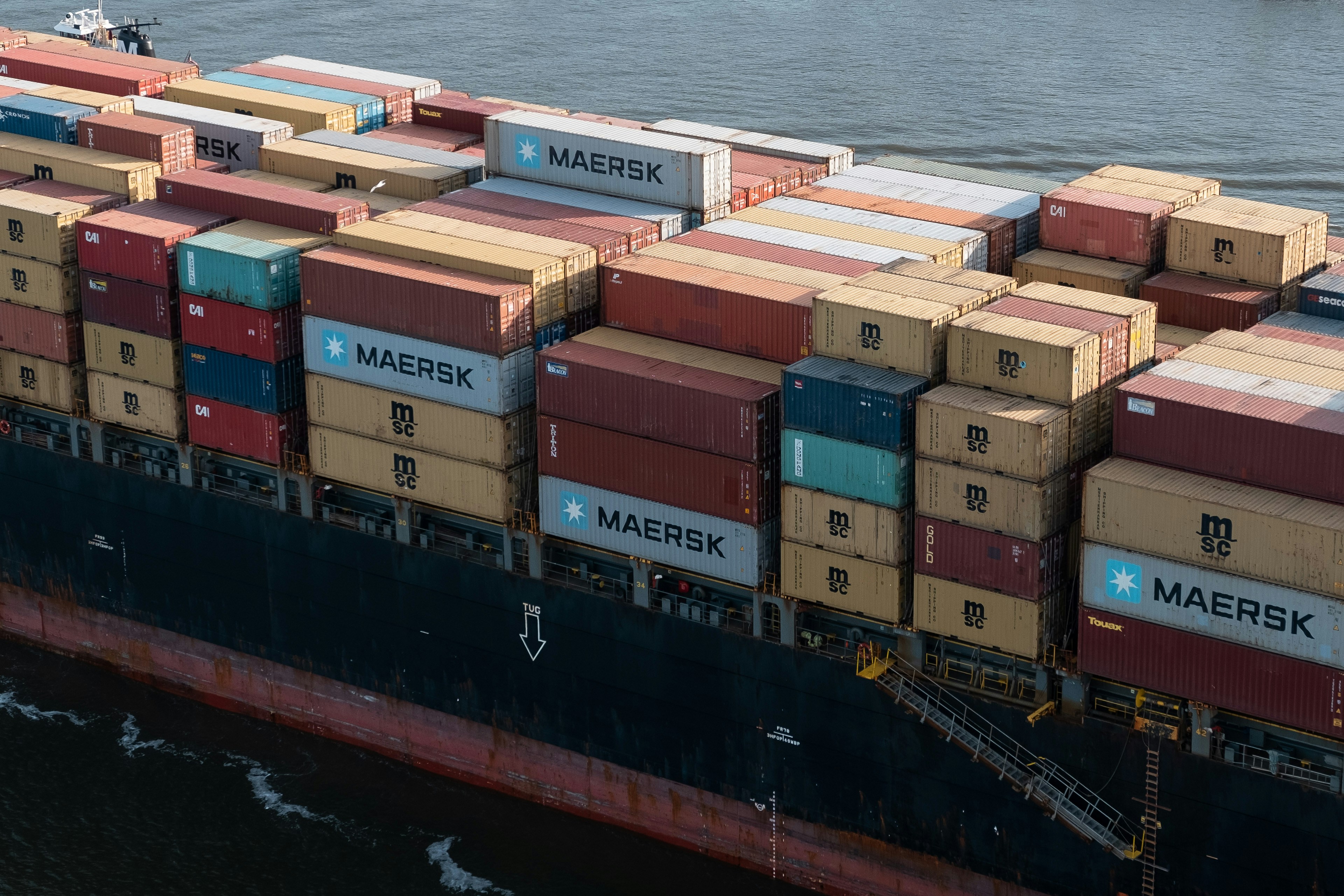In today’s rapidly evolving market, shippers and manufacturers face numerous challenges that can significantly impact their operations and bottom line. From the constant pressure to meet customer demands to the increasing complexity of supply chain management, these struggles can hinder efficiency, productivity, and profitability. In this article, we will explore some of the biggest challenges faced by shippers and manufacturers in the current business landscape.
1. Rising Freight Costs
One of the most significant challenges for shippers and manufacturers is the constant increase in freight costs. Factors such as fuel prices, driver shortages, and capacity constraints contribute to rising transportation expenses. As a result, businesses must find ways to optimize their shipping strategies, negotiate favorable rates, and explore alternative transportation modes to mitigate the impact of these rising costs.
2. Supply Chain Disruptions
Supply chain disruptions, including natural disasters, geopolitical events, and global pandemics, can have a profound impact on shippers and manufacturers. These disruptions can lead to delays in production, shortages of raw materials, and increased lead times. To address this challenge, businesses must develop robust risk management strategies, diversify their supplier base, and establish contingency plans to minimize the impact of unforeseen events.
3. Inventory Management
Efficient inventory management is crucial for shippers and manufacturers to meet customer demands while minimizing costs. Striking the right balance between having enough inventory to fulfill orders and avoiding excess stock can be challenging. Implementing advanced inventory management systems, adopting just-in-time practices, and leveraging data analytics can help optimize inventory levels and improve overall operational efficiency.
4. Regulatory Compliance
Shippers and manufacturers must navigate a complex web of regulations and compliance requirements. From international trade regulations to environmental standards, non-compliance can result in penalties, legal issues, and reputational damage. Staying up-to-date with evolving regulations, investing in compliance training, and leveraging technology solutions can help businesses ensure adherence to the necessary standards.
5. Technology Integration
The rapid advancement of technology is both a blessing and a challenge for shippers and manufacturers. While technological innovations offer opportunities for automation, improved efficiency, and enhanced visibility, integrating new technologies into existing systems can be complex and time-consuming. Investing in robust IT infrastructure, collaborating with technology partners, and providing adequate training to employees are essential steps to overcome this challenge.
6. Talent Acquisition and Retention
Attracting and retaining skilled talent is an ongoing struggle for shippers and manufacturers. The industry’s evolving nature and the demand for specialized skills make it challenging to find qualified professionals. To address this challenge, businesses can focus on developing attractive compensation packages, investing in employee training and development programs, and fostering a positive work culture to attract and retain top talent.
7. Sustainability and Environmental Impact
As sustainability becomes increasingly important, shippers and manufacturers face the challenge of reducing their environmental footprint. Meeting customer expectations for eco-friendly products and practices requires investments in renewable energy, waste reduction, and sustainable supply chain management. Embracing sustainable practices not only benefits the environment but also enhances brand reputation and attracts environmentally conscious customers.
In conclusion, shippers and manufacturers face a multitude of challenges in today’s market. Rising freight costs, supply chain disruptions, inventory management, regulatory compliance, technology integration, talent acquisition and retention, and sustainability are some of the most pressing struggles. By proactively addressing these challenges and adopting innovative solutions, businesses can navigate the complexities of the modern business landscape and position themselves for long-term success.



